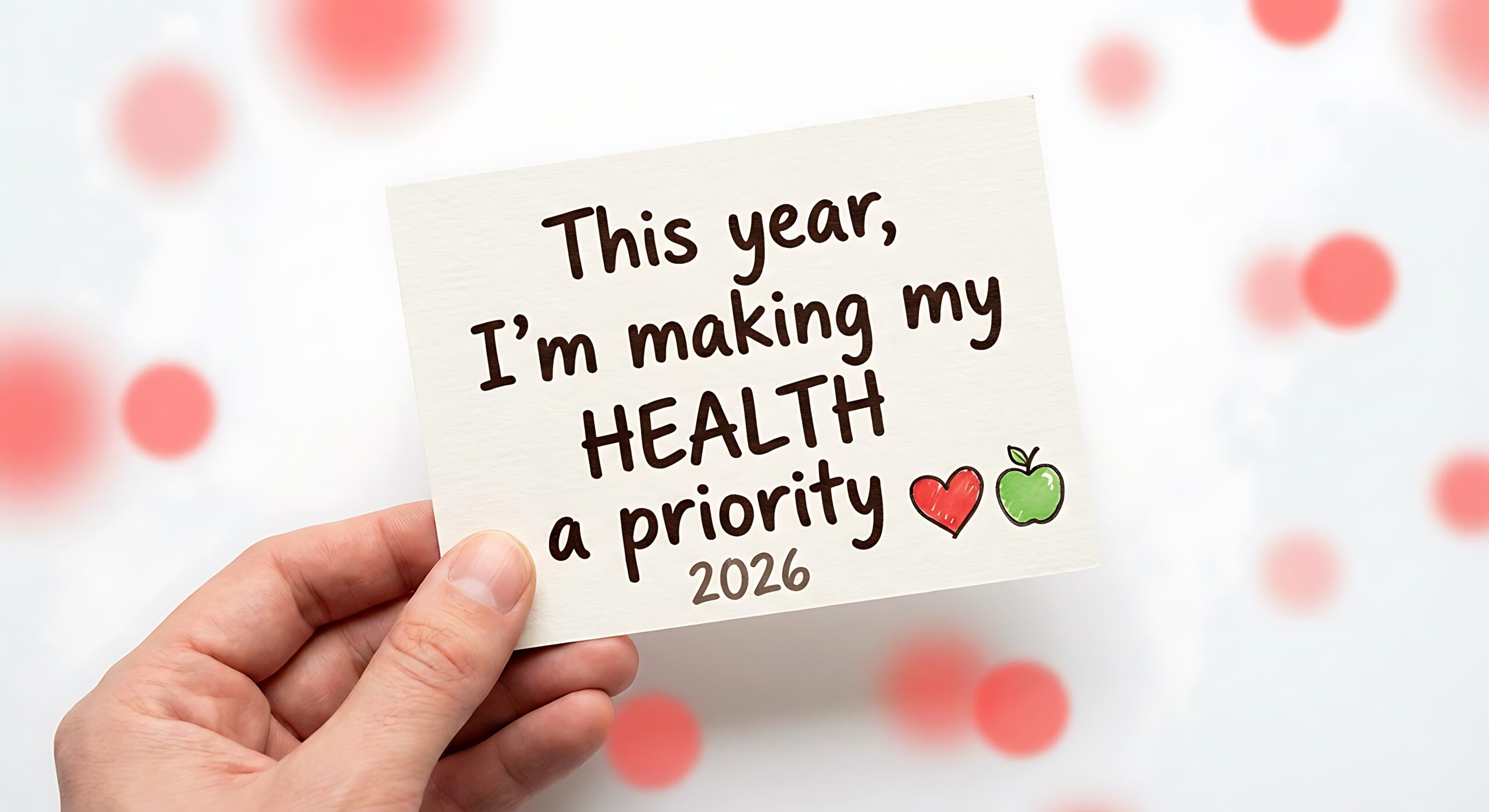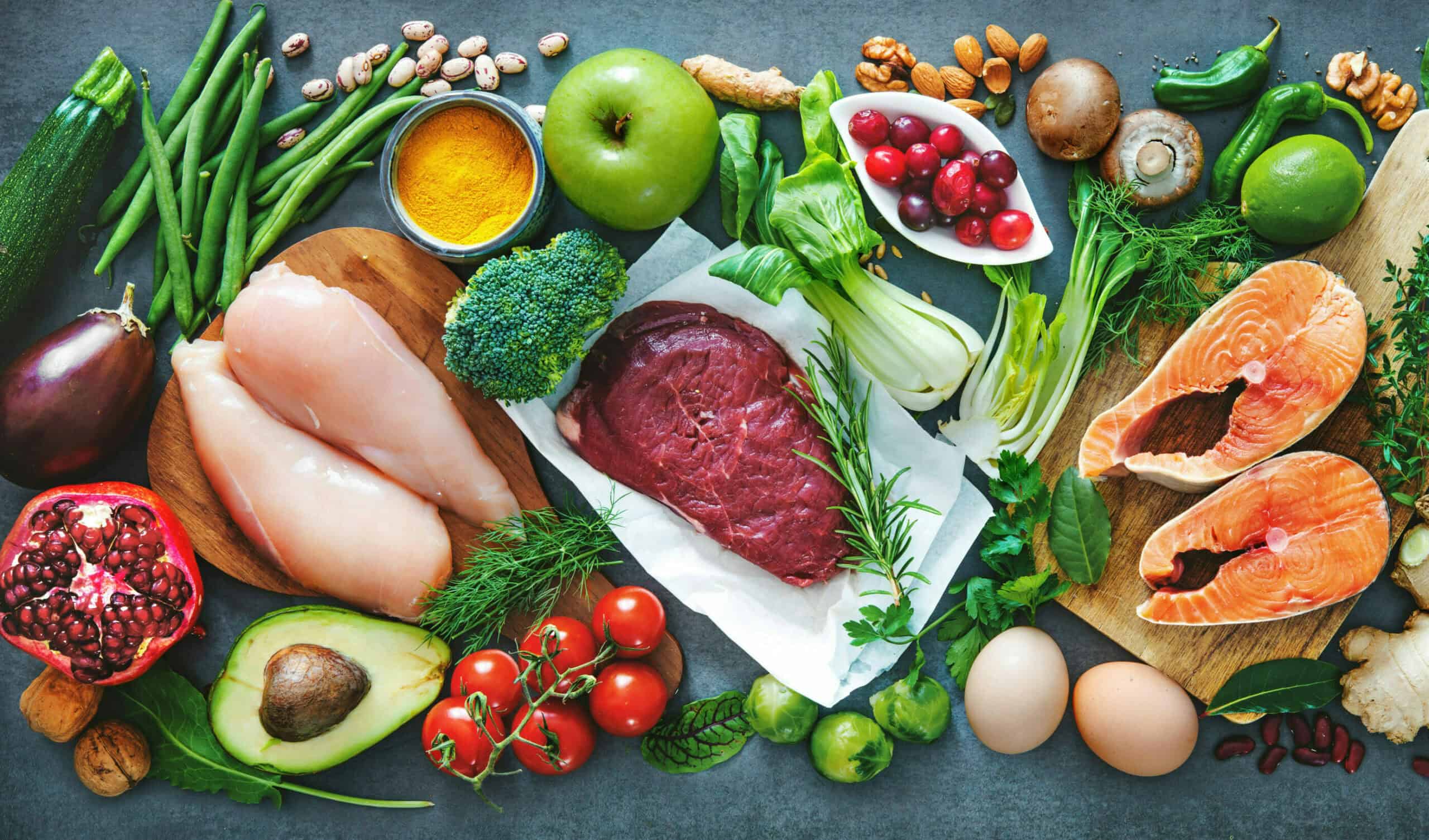Insulin — it’s in your body and the number one fat-storing hormone you’ve got. When insulin increases too much, so does our waist circumference.
But weight gain isn’t the only consequence of insulin resistance. This condition is a precursor of Type 2 diabetes, and it’s linked with obesity, cardiovascular disease, and PCOS.
Want to manage your weight? Then managing your blood sugar and insulin levels should be at the top of your list. Today, you’ll learn 6 changes you can make to improve insulin resistance quickly.
1.Strength Train
Insulin resistance is caused by our muscles becoming desensitized to the insulin released by our pancreas. Building lean muscle mass, on the other hand, is one of the most powerful ways to treat insulin resistance.
Our muscles are like sponges that soak up blood sugar, or glucose, and use it for energy. The more muscle a person has, the more glucose they can store, keeping it from piling up in their bloodstream.
Some studies have found that as your muscles grow, your insulin sensitivity will increase! By increasing muscle mass, strength training can boost how your body uses insulin and help to control blood sugar and insulin levels. More muscles means more space for all that sugar to go!
Try this: Lift with heavy weights at least 3 times a week!
2. Move Around Meals
Your muscles are your largest storage bank for the glucose that enters your body. Firing up your muscles with some physical activity before a meal will help create a home for all the glucose you eat. When your muscles contract during activity, your cells can take up glucose and use it for energy, whether insulin is available or not!
Moving after a meal can help reduce blood sugar response for the same reason. Moving after you eat will lower your blood sugar and insulin levels and boost your body’s sensitivity to insulin, working against insulin resistance.
Stick with slow and steady movements around mealtime to keep your cortisol from spiking (a temporary side effect of high-intensity workouts).
Try this: Complete 40 squats before you sit down for each meal. Then, take a ten-minute walk after each meal.
3. Eat In This Order
This is such a simple hack to improve your blood sugar and insulin response to any meal you eat! Plus, it’s your cheat around cutting carbs out completely. All you have to do is eat in the right order.
Let’s start by talking about what happens when you eat carbs by themselves. When we eat carbs alone, our hunger hormone, ghrelin, fluctuates rapidly. That makes us go from feeling full to hungry again very quickly. Fiber, fat, and protein, on the other hand, slow down gastric emptying, which keeps you full and satisfied for much longer.
Here’s how to hack the system. When you sit down to a meal, eat the protein and veggies on your plate first. Then, enjoy the carbs! Eating in this order slows down the digestion of the carbs in your meal and will improve your blood sugar response by up to 30%! The better your blood sugar response, the less insulin your body has to produce.
Try this: Eat your protein and veggies first, then eat your simple carbs. Also, never eat carbs alone—always pair them with healthy fiber, protein, and/or fat.
4. Fuel Up on Fiber
Fiber is an important part of any healthy diet, but it’s especially important for people concerned about their insulin levels. Most Americans eat about half of the recommended 20-35 grams of daily fiber, so upping your fiber intake will likely benefit you.
Starting your meal with high-fiber foods will reduce your blood sugar spike, but fiber itself has many other blood-sugar benefits. Foods with both soluble and insoluble fiber form a protective coating in your GI tract that slows down carbohydrate absorption.
Fiber also reduces the action of alpha-amylase, an enzyme that’s needed to break down carbs into glucose. Finally, fiber absorbs free glucose in our digestive system, decreasing the amount that ends up in our blood.
Try this: Slowly increase your fiber intake by 5 grams a week. Skip the fiber supplements, stick with fibrous whole foods, like chia seeds, beans, and veggies.
5. Sip Vinegar
Vinegar is a powerful blood sugar and insulin regulator! This simple ingredient can lower blood sugar concentration and insulin response for several hours after you eat it. Researchers have found that vinegar can lower the impact of carb-heavy meals, and just 10 grams of it will reduce blood sugar spikes by 20%!
The acetic acid in vinegar temporarily inactivated the enzyme alpha-amylase. As a result, the sugars and starches you eat will be converted into blood glucose more slowly.
Acetic acid also encourages our muscles to uptake glucose more quickly. The combination of this slower conversion and quicker uptake results in a smaller glucose spike in our bloodstream.
Try this: Drink 1 tablespoon of vinegar (any but balsamic, I prefer organic apple cider vinegar) in a tall glass of water less than 20 minutes before your meal. Don’t forget to protect your tooth enamel and drink through a straw!
6. Eat Three Solid Meals
Snacking all day screws up insulin. Every time we eat, our insulin levels increase. When insulin levels are high, our bodies switch into fat-storing mode. When our insulin levels are low, we have the ability to burn fat.
Eating six meals throughout the day keeps our bodies in a high-insulin, fat-storing mode. Eating three meals a day gives our bodies enough time without food between meals for our insulin levels to recover.
Try this: Eat 3-4 solid meals with plenty of protein and fiber a day and don’t snack in between. Overnight, give your body time to rest from eating for at least 12 hours.
Start Today, Then Stick With It!
The six tips above will help you improve your insulin resistance quickly, but long-term lifestyle changes will keep you on the path to health and permanent weight loss. It takes years to become insulin resistant and it can take just as long to reverse it completely.
The key is consistency! With these six tips, you’ll notice immediate improvement and find the keys to long-term health. Want more health tips like these in your inbox every week? Sign up for my free newsletter to get more expert knowledge from a Registered Dietitian.





